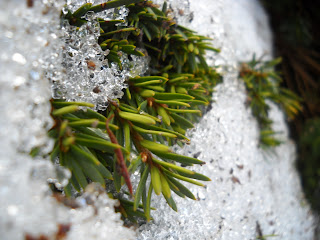From now until the rest of the year my pictures will all have the same theme. The theme that i will be working with is Music. I have been surrounded by music my entire life and it seems as if it will be with me for the rest of my life. Music has gotten me through good times and bad, and because of that I will always have a good relationship with it. The picture i have here is of a guitar, and to further show my respect for music i have added text. Adding text to a picture can do way more than just putting words in, it can help accent the message you are trying to get across. There are many way you can arrange your words and letters to accent that message even more so. For this picture i choose to add the text, "When words fall, music will rise", and the letters in the word "fall" looks like they are falling. I also have the entire "music will rise" part of the text lining the edge of the guitar going upwards. Instead of using
Photoshop to add the text, I used Adobe Illustrator. Illustrator allows you to add text in many different styles. With the many different options, it is easier to find a style that will fit your photo perfectly.


 The first picture is a solarisation. Since this is a black and white picture, the contrast between the two is brought out. The second picture is a Gradient Map. This give the overall picture a very different color to and changes the over feeling of it. The last picture was made using the Gradient tool. This is two pictures that are blended together. Doing this can make a story out of the picture or just make it look like an interesting picture.
The first picture is a solarisation. Since this is a black and white picture, the contrast between the two is brought out. The second picture is a Gradient Map. This give the overall picture a very different color to and changes the over feeling of it. The last picture was made using the Gradient tool. This is two pictures that are blended together. Doing this can make a story out of the picture or just make it look like an interesting picture.








 it was a cloudy day, you can't see many shadows. In photoshop we learned two new techniques to cover up blemishes.
it was a cloudy day, you can't see many shadows. In photoshop we learned two new techniques to cover up blemishes.
